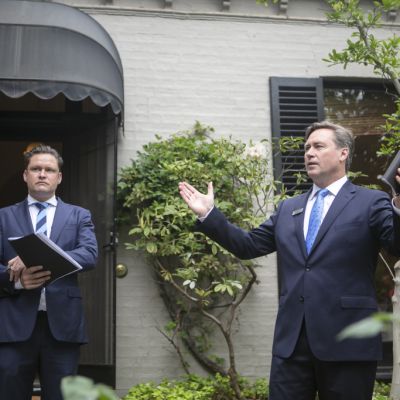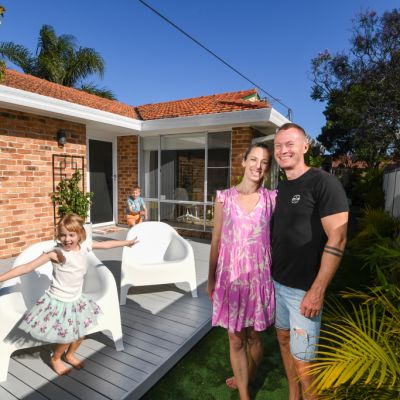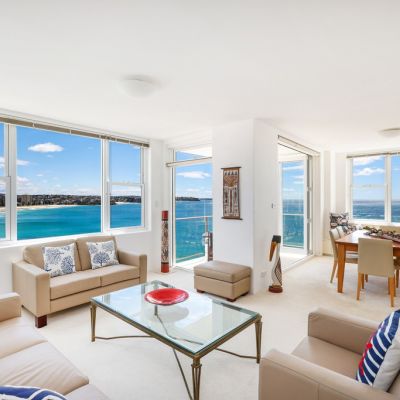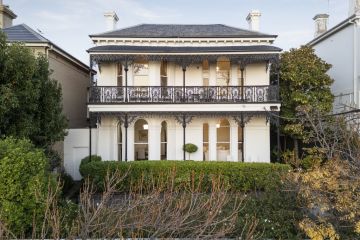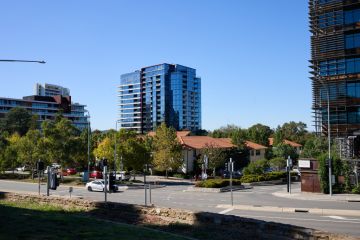Sydney, Melbourne house prices in surprise fall at auction
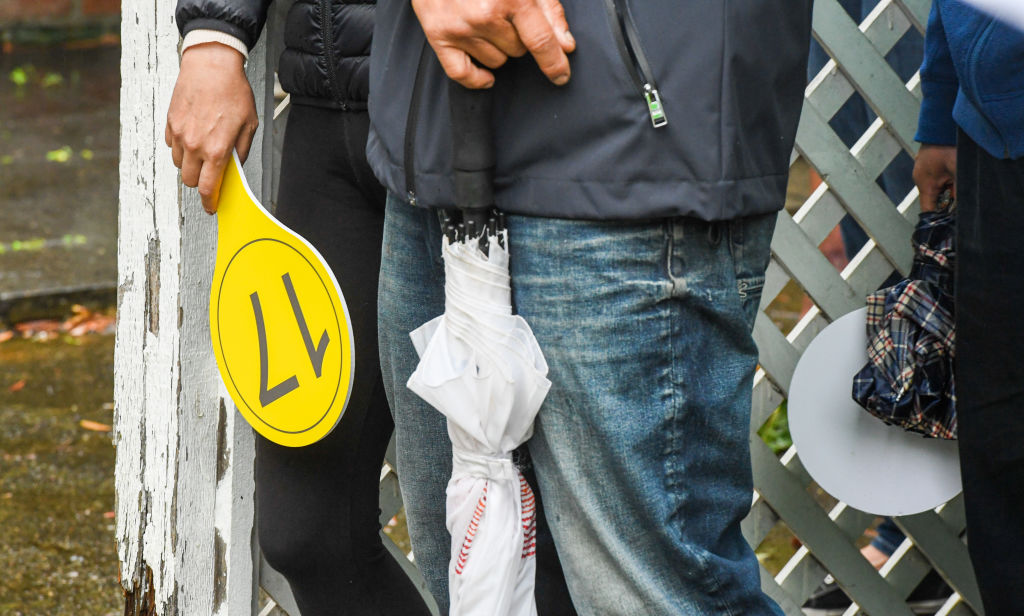
Home buyers are showing signs of fatigue in the face of sky-high property prices, with the median auction price for houses falling slightly last month in Sydney and Melbourne, figures show.
Sydney’s median auction price for houses fell 3.6 per cent in November to a still-high $1.95 million, but remains 21.9 per cent higher than a year ago, according to Domain data.
Melbourne also recorded a 1.9 per cent fall in November to $1.211 million, still 11.5 per cent higher than a year earlier.
It comes as buyers enjoyed more choice post-lockdown when a wave of owners listed their homes for sale after being delayed through the winter and early spring by COVID-19 restrictions.
This reduced the fear of missing out felt when there was little on the market, making buyers now less likely to pay over the odds to secure a home if they know there will be more options available soon.
It also shows buyers’ budgets are constrained by the extreme price growth over the past year, Domain chief of research and economics Nicola Powell said.

“The sentiment of a buyer is changing, they’re more wary of not overpaying for a home,” Dr Powell said.
“There’s this light at the end of the tunnel for buyers – they know if they miss out on this home they don’t need to go gung-ho on a single property at auction … The next opportunity is around the corner.”
She cautioned that auction prices also fell during some lockdown months – the most recent fall in Sydney was in June, when the Delta outbreak began, and for Melbourne it was September, the last month when in-person inspections were banned.
A better indicator of the future path of property prices is the auction clearance rate, Dr Powell said: a clearance rate above 60 per cent suggests prices will rise, and a 70 per cent clearance suggests annual price growth of about 10 per cent.
Sydney managed a November clearance rate of 70 per cent from a record 5549 auctions scheduled, albeit a drop from a 75.9 per cent clearance rate in October.
Melbourne’s clearance rate was 71 per cent, down from 72.6 per cent a month earlier, on near-record auction volumes of 6098.
Early next year Dr Powell expects a bounce, as buyers who missed out in spring turn up at auction keen to purchase.
Even in smaller auction markets, clearance rates are high, sitting at 86.1 per cent in Canberra and 74.9 per cent in Brisbane.
The pricey property market has been in focus for the Reserve Bank, which on Tuesday said housing prices had risen strongly over the past year, although the pace of increase had eased in recent months, warning of the importance for borrowers of having adequate buffers.
Separate figures from the Australian Bureau of Statistics highlighted the market boom, as low interest rates, government stimulus and lockdown savings enabled many buyers to purchase their first home or upgrade to larger accommodation with space to work from home during the pandemic.
Sydney property prices rose 25.4 per cent in the 12 months to September, the ABS said, second only to Hobart at 25.7 per cent. There were strong gains in Canberra (25.2 per cent), Brisbane (19.7 per cent), Melbourne (19.5 per cent), Adelaide (19 per cent), Perth (15.7 per cent) and Darwin (13.7 per cent).
On the ground, auctioneers are seeing lower numbers of registered bidders, but serious competition for the most sought-after homes.
In Sydney, Benson Auctions director Stu Benson noted a drop in the number of bidders but said most of his auctions are clearing reserves that were set based on a heated market, although not necessarily at hundreds of thousands of dollars above the reserve price.
“That’s a good thing,” he said. “It means agents can accurately price properties and buyers doing their research can look at sales over the past four to five weeks and know what houses are worth.”
Although sellers could see the lower attendance at open homes and felt cautious, realistic owners were still selling, he said, while buyers were hesitant to start bidding but once an auction began would make bold bids to knock out the competition.
In Melbourne, Biggin & Scott Richmond director Andrew Crotty said with buyers spread more thinly across higher listing volumes, A-grade homes were fiercely contested, while lower quality homes were a little more work.

“Vendor expectations are probably not 100 per cent in line with the market that has become a little bit tougher over the last few weeks,” he said. “But I don’t think we can pick a change in the market until it starts next year.
“Everyone’s a bit tired, a bit frayed, and I think when we get back into it in January you’ll see prices kick on again.”
Jellis Craig Northcote director Sam Rigopoulos has already started to see a shift as some of the wave of listings have sold in recent weeks.
“[Buyers] are now eagerly pursuing the properties that were maybe left behind, or were maybe second preference a couple of weeks ago,” he said.
He saw bidder numbers fall, but is expecting a tick up for some top-quality homes for sale this weekend.
We recommend
We thought you might like
States
Capital Cities
Capital Cities - Rentals
Popular Areas
Allhomes
More
